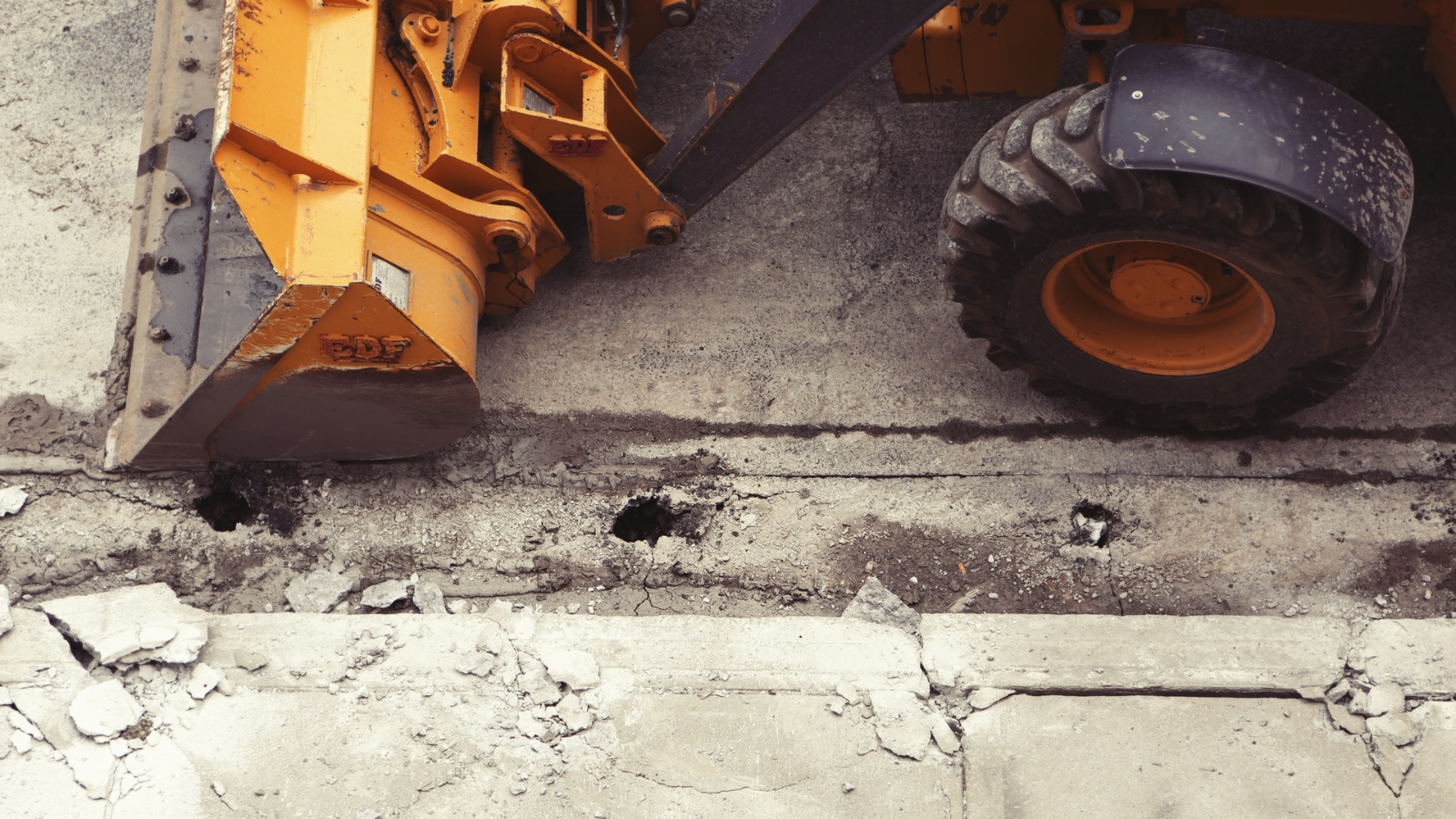With effect from 1 October 2019, in an attempt to combat fraud in the construction sector, HMRC are introducing what is known as a reverse charge for VAT.
The reverse charge only applies in the following circumstances:
- The work would otherwise by subject to CIS; and
- The work has actual VAT charged on it (at either 20% or 5%); and
- The customer is registered for VAT.
If the reverse charge applies, then the supplier does not charge VAT and the invoice raised should refer to the fact that that the amount is subject to the reverse charge.
The customer should account for VAT in both the output and input tax boxes. These figures will both be higher and no physical VAT will be due to HMRC.
The effect of this is that instead of sub-contractors and contractors charging and reclaiming VAT up the chain, no VAT is paid until the end user receives their invoice.
How Do I Know Whether the Reverse Charge Applies?
It is up to the parties involved to confirm whether the reverse charge applies. Specifically, it is the responsibility of the contractor to notify the sub-contractor that the reverse charge applies so that they can be invoiced accordingly. Nevertheless, it is sensible for a sub-contractor who believes that the criteria are met, to seek confirmation from the contractor as to whether the reverse charge applies or whether they are an end user of the construction supplies.
Sub-contractors with a lot of work under the reverse charge may become regular recipients of VAT repayments and should consider whether switching to monthly VAT returns will be efficient for them based on the trade-off between the increase in work and the cashflow advantages.
As ever there are a number of details that attach to these points, so if you have any queries please contact your usual CB Reid contact.

